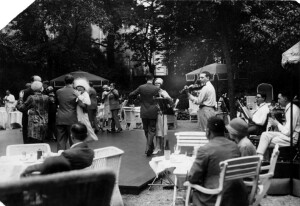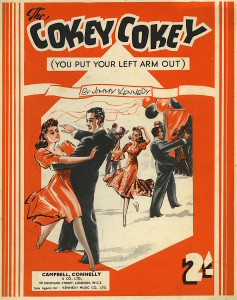The always informative and entertaining Everybody’s Best Friend (n.d. but c 1939) devotes many pages to modern etiquette, some of which reminds us today of how much has changed over the intervening years.
Take, for instance, the etiquette of social occasions. ‘ At Homes ‘ were once common. Here is some advice.
I am attending a formal “At Home “ shortly. As this will be my first experience of this event, what may I expect the procedure to be?
Unless you receive a card stating a particular hour, do not arrive at the house earlier than 3.30 p.m., nor later that 5.30.A heavy coat or a rain-coat should be left in the hall, but the hat is not removed. You will be greeted by your hostess and introduced to other guests.
Usually the hostess will offer a cup of tea and a morsel of bread and butter or cake.
A visit on an “ At Home “ day normally lasts for twenty minutes to half an hour. You should not stay longer unless especially asked to do so by your hostess. Take your leave quietly. Friends who arrive later will not be leaving at the same time, so you do not want to interrupt the proceedings by your departure. Shake hands with your hostess and just smile and bow to the others.
There were specific rules for tea parties too.
I am thinking of asking to a little tea party some of the girls in the office where I worked before marriage. What sort of invitations should be issued and what should I put on the table?
Invitations to a tea-party take the form of little notes something like this:-
“ Dear _____,
“ I am having a few friends to tea on Saturday next, December18, at 4.30p.m., and should be happy if you would join us.
“Yours sincerely,
______________”


 Found- some sheet music for the song The Cokey Cokey which later became the song (and dance) the Hokey Cokey. This is what it is all about… There are many theories about its origins – dealt with at Wikipedia and in a
Found- some sheet music for the song The Cokey Cokey which later became the song (and dance) the Hokey Cokey. This is what it is all about… There are many theories about its origins – dealt with at Wikipedia and in a 
